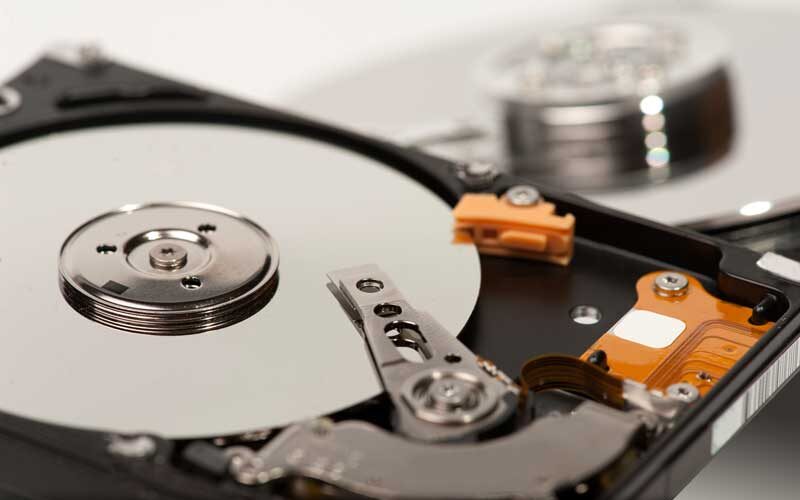The save icon in your computer software frequently appears in the shape of a square with the top right corner cut off. The floppy disk, a type of data storage used in the early years of computing starting in 1971, gave rise to its iconic shape. The floppy disk, so named because it was comprised of thin, flexible plastic, used magnetic fields to store data. The initial floppy disk had a size of 8 inches, or about the size of a human head, with a storage capacity of 50 KB, or around 80 pages of text. As technology and computer science progressed, the demand for smaller and more efficient storage solutions grew. It got smaller until it was 3.5 inches, and the storage capacity increased to 2.88MB. Still, it was not enough for rapidly expanding computer science (IBM, 2012a; 2012b).
A brand-new method called the hard disk drive (HDD) was unveiled by IBM. Magnetic disks were stacked and stored in cylinders for HDDs. The first HDD, known as RAMAC, had 52 disks and a maximum storage capacity of about 5MB. Even though it might seem insignificant by today’s standards, at the time, it marked a considerable improvement in computer storage capability. HDD technology advanced quickly, with sizes getting smaller until they could fit in one’s palm and storage capacity getting as high as 22 TB, which is astonishingly 4,613,734 times greater than the first model.
However, due to their fragility, HDDs posed a significant issue. They were fragile and prone to breakage while being transported because they were made up of stacks of tiny magnetic disks and numerous moving elements (IBM, 2022).
The solid-state drive (SSD) was created to circumvent the HDD’s limitations. With no moving parts, SSDs provide fast data transport. Flash memory chips, which have millions of transistors on a single PCB plate, are used in their construction. Due to the lack of moving parts, transmission speeds can reach 13,000MB for uploads and 12,000MB for downloads, with remarkable longevity. Additionally, SSDs weigh about 700% less than HDDs, which is a substantial difference. Due to the particular qualities of SSDs, new products have emerged, such as portable SSDs that are small enough to carry in a pocket. Additionally, items like USB-C-type hubs are capable of carrying out the tasks of a portable SSD.
Compared to the days of floppy disks, computer data storage has advanced significantly. The distinctive shape of the floppy disk is responsible for the save icon’s well-known form. Data storage was changed when HDDs were introduced, thanks to their larger capacity and smaller sizes. HDDs’ delicate makeup and their movable elements, however, presented difficulties. These issues were addressed by the invention of SSDs, which provided improved durability, quicker transmission speeds, and lighter weights. Users can now carry their data wherever they go thanks to the convenience and portability of portable storage solutions made possible by SSDs (Wikipedia Contributors, 2019).
Reference list
IBM (2012a). IBM100 – The Floppy Disk. [online] Ibm.com. Available at: https://www.ibm.com/ibm/history/ibm100/us/en/icons/floppy/ [Accessed 15 July 2023].
IBM (2012b). IBM100 – The Floppy Disk. [online] www-03.ibm.com. Available at: https://www.ibm.com/ibm/history/ibm100/us/en/icons/floppy/breakthroughs/ [Accessed 15 July 2023].
IBM (2022). Hard Disk Drive (HDD) vs. Solid State Drive (SSD): What’s the Difference? [online] www.ibm.com. Available at: https://www.ibm.com/cloud/blog/hard-disk-drive-vs-solid-state-drive [Accessed 15 July 2023].
Wikipedia Contributors (2019). Solid-state drive. [online] Wikipedia. Available at: https://en.wikipedia.org/wiki/Solid-state_drive [Accessed 15 July 2023].
